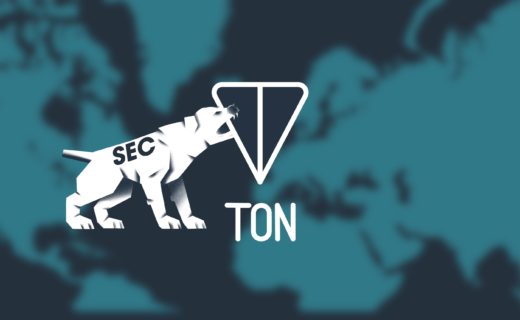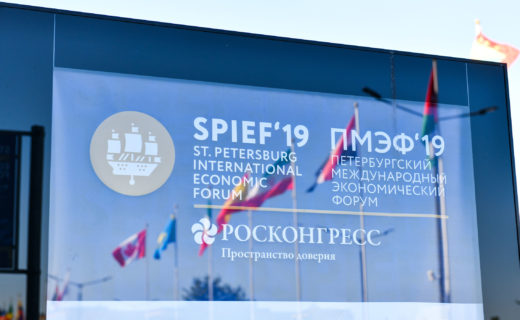Project name: Eloncity
Token ticket: ECT
Website: https://eloncity.io/
Github: no smart contract in the public access
Documentation: White Paper, video presentation
Status ICO: public sale is planned for mid‐November 2018.
Despite the fact that there are no exact terms of ICO public part, the company completed Private financial round for $ 20 million. Such well‐known funds as Fenbushi Digital and Horman Capitals, have invested in the project. According to the information from the Telegram channel, the team also invested over $ 4 million in project development since 2014. Eloncity hard cap is $ 33 million which can be considered as reasonable amount for such high‐tech project.
ECT is a ERC‐20 token on Ethereum basis. In total, it is planned to issue 1 billion of tokens, from which only 32% (320 million) are available for purchase at various ICO stages. The company is registered in Singapore as a non‐profit organization AI Grid Foundation.
Brief description of the project
The project creates a fully‐fledged decentralized energy system, which will allow villages, districts or cities to generate and distribute electricity independently within their own territory. For this purpose, the project creates a microgrid community (small house power systems). They include solar panels for power generation, its storage system, the distribution network between all the houses connected to the system and the appliances located there and connected to the network.
The system can be described f in the following way. Users set solar panels which generate electricity in their place. Depending on the consumption level of a particular house, an excess of electricity or the need for its additional receipt appears. The energy excess is stored in “smart storages” developed by the company and distributed around the clock to those users who need it. Network users automatically exchange surplus energy with each other, using a token as a payment method. The prototype can be seen on the video.
Technically, the Eloncity architecture consists of several important elements:
- The leading element is trading and electricity distribution system using blockchain technology and artificial intelligence, which calculates a fair price for electricity depending on the demand in real time. The blockchain is needed to verify the fact of energy transfer and uses the delegated proof‐of‐stake consensus.
- Operations in the system are provided with the ECT protocol based on Ethereum. Using Sharding technology as a tool to solve the Ethereum network speed problem can be considered as an important advantage of the protocol. It significantly increases the speed of data processing and reduces network load.
- Battery Energy Storage System (BESS) maintains demand in balance, giving energy in peak hours and accumulating it in a period of low demand. Eloncity stimulates the community to place electricity “storages” paying tokens to storage holders.
The project significantly reduces household energy costs through low generation costs, optimizing distribution and energy consumption. It is not by chance that the company’s slogan is “Power the World for FREE”. Energy pricing becomes open and understandable to each network member.
Additionally, the alternative energy supply to the house becomes continuous due to its storage and distribution system between users. The problem of electrical networks peak load can be solved. Energy is generated 24⁄7 and distributes surplus only when it is necessary. The system is fully environmentally friendly.
Team and advisers
Eloncity is a high‐tech project with global goals. Therefore, people who implement it should have extensive expertise in the IT sphere and energy industry. The project team consists of 8 people who obtain relevant experience and education.
Andy Li is the project founder with an experience in implementing IT and energy projects in. Former CTO of ChinaCache, CEO of Pomcube, which provides electricity storage and its distribution solutions. Previously, he worked at Cisco and Abibaba, where he was engaged in technical projects. He was a guest speaker at the Smart City and IoT Expo Forum in California.
Michael Nguyen is responsible for IT part of the project. He created software for the energy company Sempra Utilities and the non‐governmental organization Energy Coalition in California. He is also an owner of 17 patents in the field of technological innovation. This information is confirmed in Internet. In addition to technical education, he was graduated from MBA program in Nanyang Technological University, Singapore.
Eloncity also attracted Bryan Allen and Chris Whalley as advisers. Bryan has more than 30 years of experience in the field of IT. He is currently a software engineer in the field of Mars exploration, a Jet Propulsion laboratory. Information about Chris in open sources is missing. Other advisors are primarily software and renewable energy specialists.
The team lacks blockchain developers.
Friendliness to investors
The project website is available in English. In the official Telegram chat there are more than 16 thousand participants. This number is primarily associated with the bounty program. The team answers the questions rather slowly and selectively. In general, the project focuses mostly on institutional investors, and pays little attention to activity in social networks.
Positive factors
The project solves problems in one of the most promising markets of recent years — the renewable energy market. The project team has significant industry experience and seems to be able to achieve project’s success. The project has a technical base in the form of a working Intellectual energy storage system iCAN. Moreover, the project is already being implemented in the small village of San Juanico, Mexico. The project involves many venture capital funds and more than 15 partners.
Negative factors
The absence of a smart contract in public access. The project is at early stage of development, so its success depends on a large number of economic and technical conditions. The electricity market is extremely competitive. Even in the field of blockchain application there are competitors in the industry, for example, Power Ledger.
Our rate
7 of 10.
The project has a good industry potential and a chance to solve important energy industry problems.
Team’s personal investments in the product development at an early stage may effect positively on the project.
However, the team lacks blockchain expertise. The smart contract still is not publicly available and marketing activity in social networks is quite low. It should be highlighted that the project nowadays is on early stage of its development, which always means that there are significant risks for investment.



No Comment